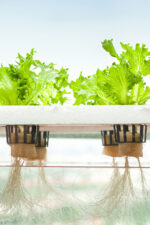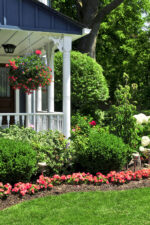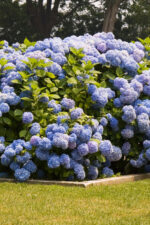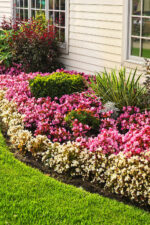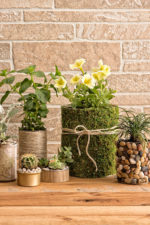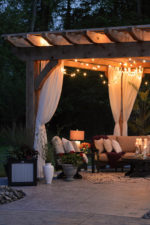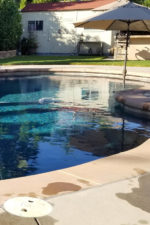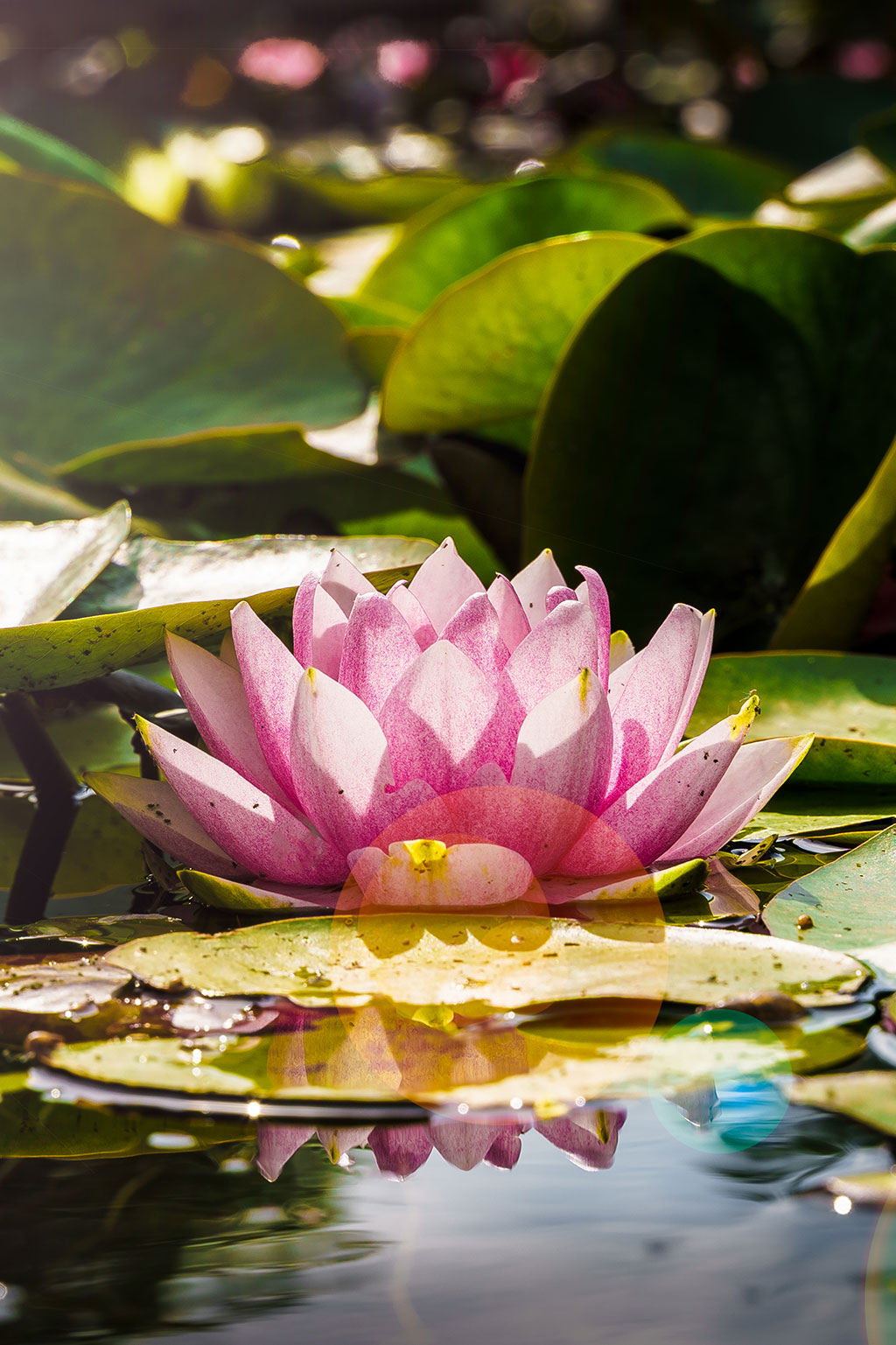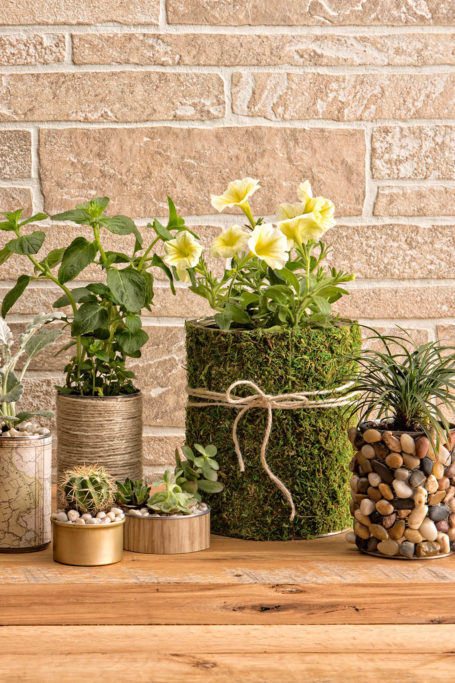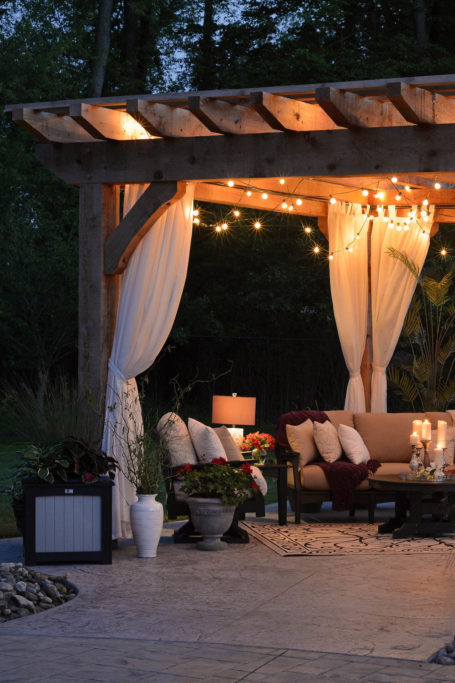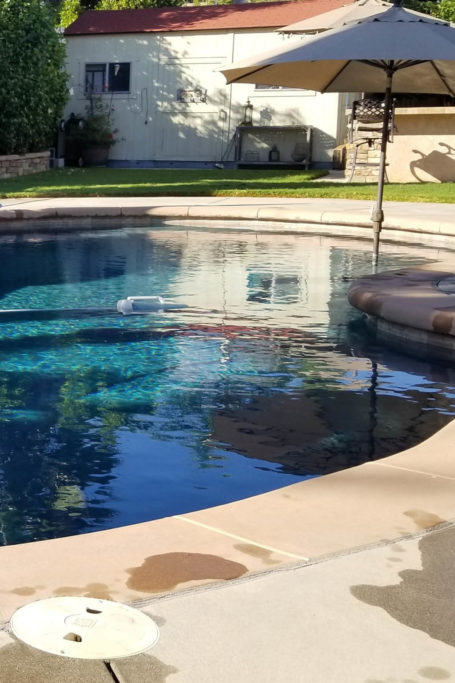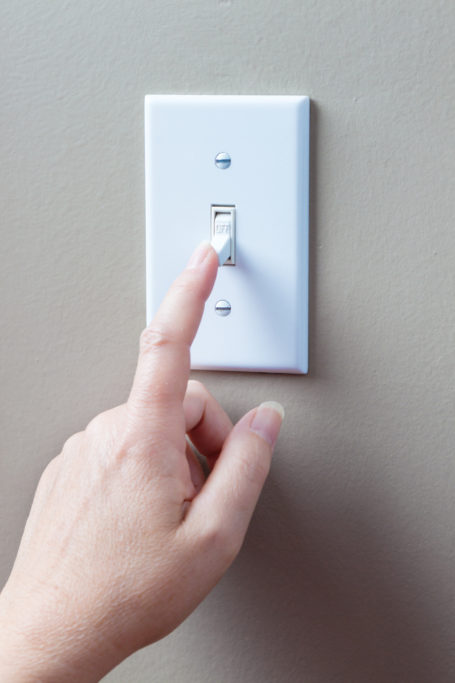Creating a Home Water Garden
With its gently lapping ripples, lush plant life thriving on the edges, and light-dappled surface, a water garden adds an invaluable calming element to any yard.
Whether you’re up for DIY installation or decide to work with a professional, follow this guide to craft one that elevates your landscaping and takes your visitors’ breath away.
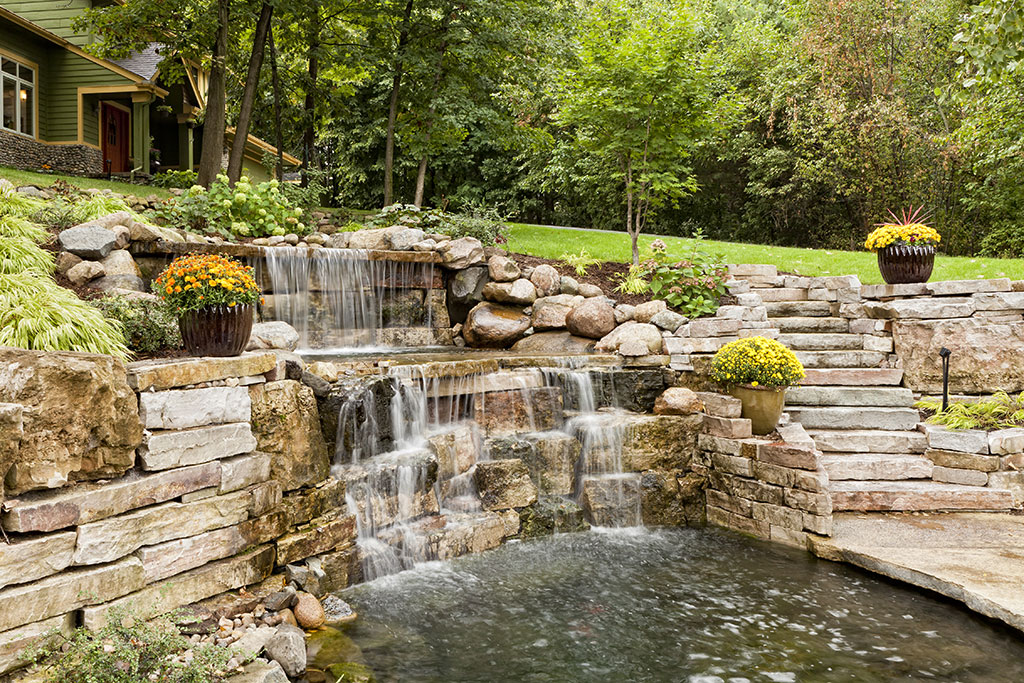
Deciding on a design
Water gardens are endlessly versatile, so your design choices are only as limited as your imagination. Do you dream of something quaint like a flowery fairy garden or something functional like a stone-lined drainage system? Would you prefer to mechanize your feature for continuous flow or let the water sit tranquil and undisturbed?
If these myriad options make your head spin, start by selecting a theme, looking to your own home for inspiration. For example, an elaborate stone fountain would be an excellent focal point in an old-fashioned estate yard, whereas a lily pad pond might pair nicely with a quaint house built from natural materials. Get creative using a pen and paper to draw up your concept, working with a professional landscaper to craft exacting details if desired.
Selecting a location
The next step is to find the ideal spot for your water feature. If you’re pursuing a drainage solution, identify areas where water tends to collect after a watering or rainfall. Likewise, if you intend to generate flow, choose a position closer to your house so you can easily wire electricity to power machines like filters and pumps. Whatever your concept, you’ll want a place that receives a balance of full sun and shade. Just don’t get too close to mature trees—some deep digging will be involved, and you won’t want to damage their roots.
Choosing materials
Before breaking ground on your project, you’ll need to determine which materials to use. Naturally, these choices will affect your feature’s durability, water resistance, and overall appearance, so shop carefully. Consider, for instance, a liner made from polyvinyl chloride (PVC) or ethylene propylene diene monomer (EPDM) to prevent water leakage if you plan to dig and form a pond from scratch. As for finishing materials, you can’t go wrong with options like pond stones, which are natural looking and hardy, or flagstone pavers, which will make the garden feel more inviting.
Practicing care
The last step is installation, a process that may be more or less time-consuming and complex depending on the feature and whether you tackle it yourself. But once your water garden is all set up, you can kick back and revel in its tranquility. Just don’t get too caught up idling—to remain attractive, sanitary, and functional, this feature will require occasional ongoing maintenance. This may include cleaning skimmers and applying water treatment solutions. But as with any other component of your landscaping, your hard work will reward you with a serene natural vista and breathtaking outdoor centerpiece.

